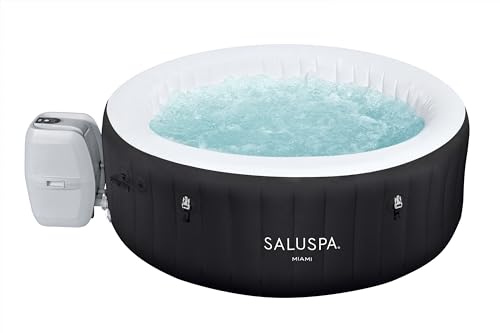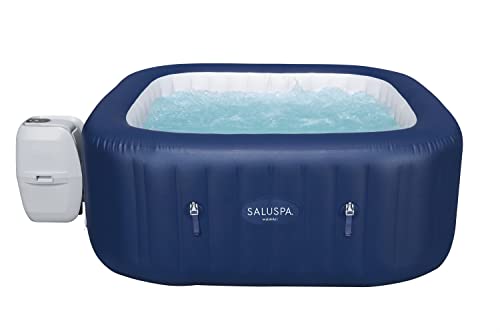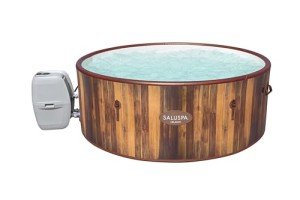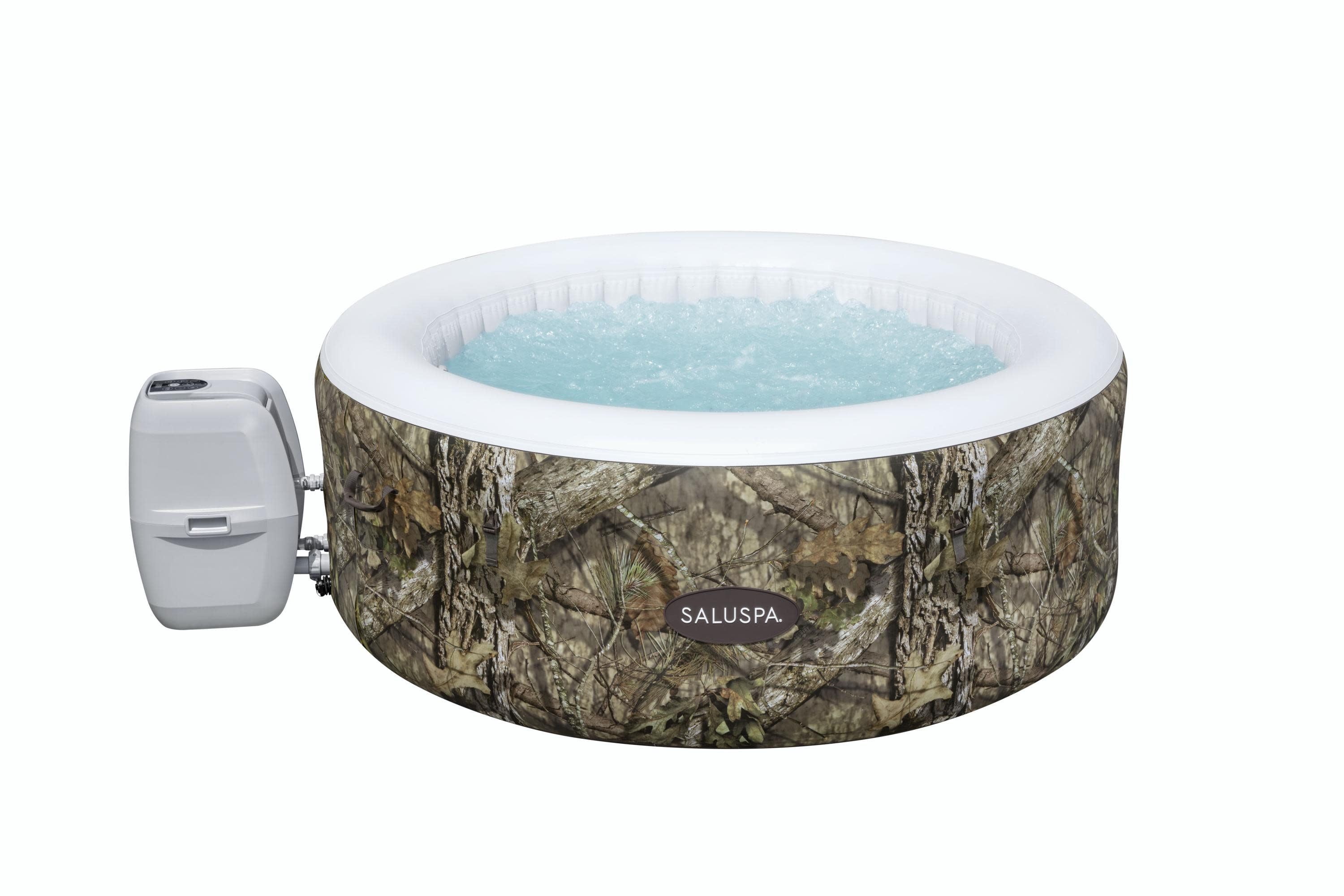Hot tubs have been around for a long time, and their origins are quite interesting. The history of hot tubs goes back thousands of years. Ancient cultures, like the Romans and Greeks, used heated water for bathing and relaxation. They knew something we often forget today: there’s just something soothing about being immersed in warm water.
In those early days, people built large communal baths, made from stone and brick. The Romans, especially, turned bathing into an art form. They even had elaborate bathhouses where folks would socialize and unwind. You could say this was the start of the whole spa culture! These baths didn't use fancy jets or unique designs, but they sure brought people together.
Fast forward to the 20th century, and you’ll see hot tubs taking a new shape. Wooden hot tubs began popping up, especially in North America. They were a hit in backyards, perfect for gatherings and those cozy nights under the stars. This is when hot tubs transitioned from public baths to private relaxation spaces.
Today, hot tubs come in so many designs and styles that there’s something for everyone. You can find everything from portable models to luxury spa-like experiences right at home. The history of hot tubs shows how our love for relaxation and community has influenced these amazing products. So whether you’re soaking solo or having a party, hot tubs have a rich past that still makes waves today!
Evolution Through the Ages
Hot tubs have come a long way since their humble beginnings. The history of hot tubs starts with the ancient Romans, who loved soaking in warm water as a way to relax and socialize. They built elaborate baths that were not just for cleaning up but also for unwinding. These public spaces turned into social hubs where people gathered to chat and enjoy each other's company.
Fast forward to Japan, where the art of the onsen took center stage. These natural hot springs offered a serene escape, especially in the countryside. People would head to these steamy pools for a combination of relaxation and healing. The Japanese really nailed the idea of using water as therapy long before hot tubs became popular in the West.
By the 20th century, hot tubs started appearing in backyards across America. Companies like Jacuzzi took the lead, creating portable designs that allowed folks to enjoy the benefits of hydrotherapy at home. This made it easy for anyone to indulge in a soak after a long day, promoting relaxation and well-being in every backyard.
Today, the history of hot tubs continues to evolve with high-tech features like LED lights, built-in speakers, and energy-efficient designs. Hot tubs now come in all shapes and sizes, from classic wooden ones to sleek modern models. They offer a luxurious experience right at home, making it even easier to unwind and connect with family and friends.
Spa Filter Replacement 2 Pack for Hot Tubs
Keep your hot tub water fresh and clean with these easy-to-replace filter cartridges
Product information
$37.99
Product Review Score
4.86 out of 5 stars
140 reviewsProduct links
Cultural Significance and Traditions
Hot tubs are more than just a way to relax; they’re embedded in various cultures and traditions throughout history. Many ancient civilizations recognized the benefits of soaking in warm water. For example, the Romans took their love for baths to the next level with grand public baths. These were not only places for cleanliness but also social hubs where people gathered to chat and unwind.
In Japan, the onsen culture plays a crucial role in community life. These traditional hot springs are created from geothermal waters and are often set against stunning natural backdrops. Visiting an onsen is a deeply relaxing experience, often involving rituals that encourage mindfulness and connection to nature. This practice highlights how the history of hot tubs isn’t just about using hot water—it’s about fostering relationships.
In North America, the rise of hot tubs aligns with the wellness movement. People began to realize the therapeutic benefits of soaking, not just for relaxation but for physical wellness too. Through the years, hot tubs have transformed from simple wooden structures into sophisticated models packed with features like jets and mood lighting. They’ve become symbols of luxury and personal enjoyment, reflecting changing lifestyles and priorities.
Each culture adds its own flavor to the experience of soaking. Whether it’s the relaxation rituals in a Japanese onsen or the social gatherings in a Roman bath, the history of hot tubs showcases how these warm waters bring people together. It’s about comfort, connection, and the timeless pleasure of enjoying a soak after a long day.
7-Way Pool Test Strips for Hot Tubs and Spas
Quickly check your water chemistry for a safe and enjoyable soak
Product information
$13.99 $11.98
Product Review Score
4.62 out of 5 stars
125 reviewsProduct links
Modern Innovations and Trends
Hot tubs have come a long way from their humble beginnings. The history of hot tubs shows us how soaking in warm water has been enjoyed by people for centuries. Today, you’ll find some amazing modern innovations that truly elevate the experience. Manufacturers are listening to what customers want, and they’re delivering some pretty cool features.
First up, let’s talk about energy-efficient designs. Today’s hot tubs are built with energy-saving technology. They keep the water warm without racking up your electric bill. Smart controls allow you to manage temperature and settings right from your smartphone, making it super convenient to prepare your tub for a relaxing soak after a long day.
Next, consider the focus on wellness. Many hot tubs now come equipped with hydrotherapy jets, designed to target specific muscle groups and help alleviate stress. Some models even offer built-in aromatherapy and mood lighting to create a calming atmosphere. Soaking becomes more than just relaxation; it contributes to your overall well-being.
Let’s not forget about design. The history of hot tubs shows how aesthetics have evolved. You can find models that blend perfectly with your backyard or patio. Whether you want a contemporary look or something more rustic, there's a hot tub that fits your style. Plus, owners can customize features like waterfalls, upgraded seating, and sound systems to create their own oasis.
Lastly, the health benefits have captured people’s attention. Modern hot tubs come with advanced filtration systems, keeping the water clean and inviting. People aren't just soaking for fun; they’re taking advantage of therapeutic benefits that assist with everything from sore muscles to sleep disorders. It’s safe to say that today’s hot tubs are more than just a trend; they’re a staple in many homes.






